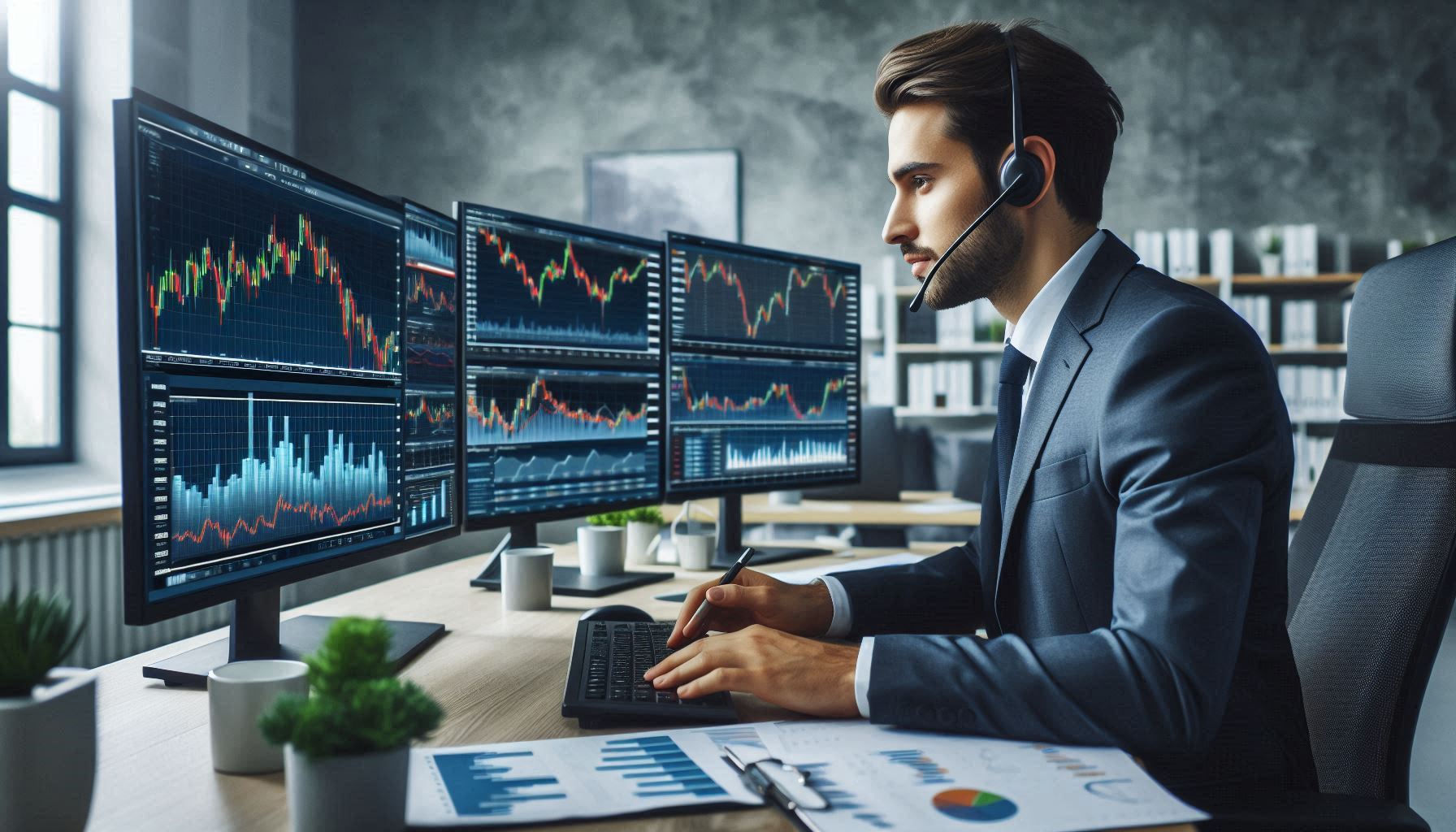The FX market is a
moving target, liquidity shifts by the hour, regime changes sneak in through
new macro narratives, and technology redraws the execution landscape faster
than most traders can adapt. That reality makes lifelong learning the only
durable edge. In 2025, the gap between average and elite performance is no
longer about who has the fanciest chart package; it’s about who can shorten the
feedback loop between fresh information and refined execution. Below is a
practical exploration of how seasoned professionals keep evolving long after
they’ve “figured trading out.”
The
Mindset That Keeps Pros in Motion
Professional traders
don’t merely accept uncertainty; they court it. From that core belief flow
three psychological habits that separate the stable from the stagnant.
Curiosity
Beats Conviction
Confidence is
necessary to hit the buy or sell button, but curiosity is what keeps you
solvent over decades. Pros routinely ask, “What am I missing?” That question
pushes them to run sensitivity tests on everything from stop-loss distances to
China’s latest loan-prime-rate tweak. Curiosity also inoculates traders from
dogmatism; they’re willing to flip a long-held bias the moment the data
discredits it. Many successful traders supplement this curiosity by studying a
wide range of Forex e-books, which expose them to
alternative strategies, historical market patterns, and diverse analytical
frameworks.
Probability
Over Prediction
Instead of aiming to
be right, veterans aim to be profitable. They think in ranges, not certainties,
marking out best-, base-, and worst-case scenarios for each idea. Position size
then adjusts to the probability-weighted payoff, turning the portfolio into a
statistics project rather than a collection of “hunches.”
Process
Before P/L
A run of green days
feels terrific, but pros treat results as lagging indicators of process
quality. They obsess over whether they followed their checklist, not whether
they caught the exact high or low. When results stray from expectations, the
first question is, “Did I execute my plan or wing it?”
Learning
Loops That Never Close
Skill compounders in
trading resemble the scientific method: hypothesis, test, measure, iterate. Two
loops dominate professional routines.
Deliberate
Post-Trade Review
After the session,
pros dissect each trade along four axes: thesis, execution, risk management,
and psychology. They annotate charts, archive screenshots, and tag emotions
(“impatient,” “frustrated”) at entry and exit. By quarter-end, error clusters
emerge, maybe slippage spikes during NFP releases, or stops cluster too tightly
in mean-reversion setups. Each cluster spawns a tiny corrective behavior, such
as widening stops by one ATR during Tier-1 data or using limit orders only when
bid–ask spreads exceed three ticks.
Peer
Feedback and Market Feedback
Markets give feedback
in the form of equity curves, but that data is noisy. Pros blunt the noise by
overlaying peer review weekly desk meetings, small mastermind calls, or a paid
performance coach. Presenting your logic to someone else forces you to verbalize
assumptions, exposing logical sinkholes you’d never spot alone.
Resources
Worth the Bandwidth
With tutorials
exploding across social media, information quality, not quantity, defines an
edge. Here’s where pros actually spend time.
Execution-Focused
Data Platforms
● Order-book visualizers such as Bookmap
highlight iceberg orders that plain level-2 screens hide.
● Python-based back-testing frameworks let
traders simulate thousands of parameter tweaks overnight, identifying
robustness rather than curve-fit magic.
● Transaction-cost-analysis dashboards show when
your slippage explodes around option-expiry windows or central-bank pressers.
Selective
Mentorship
Mentors who walk the
walk don’t merely show P/L screenshots; they share decision trees, contingency
plans, and coping tactics for drawdowns. Institutional desks provide this via
apprenticeship. Independent pros replicate it through vetted communities where
membership hinges on verified track records and transparent process notes.
Deep-Dive
Research, Not Headlines
Macro isn’t about
scanning news feeds all day; it’s about reading footnotes in IMF working papers
or combing through a sovereign’s budget annex. Pros might skim headlines for
context, but the meat comes from primary documents: FOMC minutes, commodity-flow
data, or satellite imagery of copper-smelter activity. Quality inputs yield
quality hypotheses.
This article was written by IL Contributors at investinglive.com.
